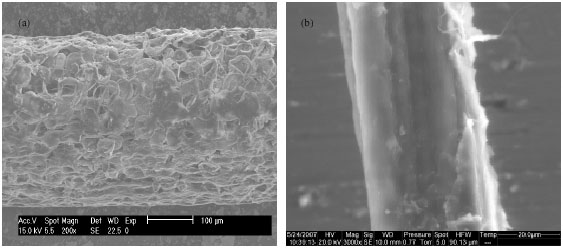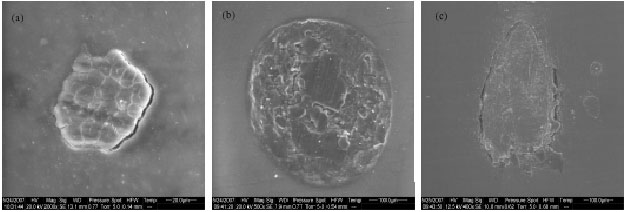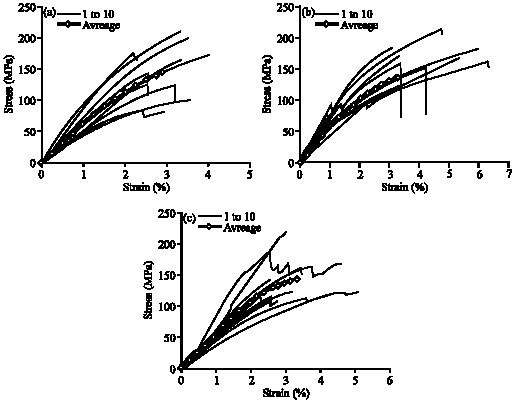Research Article
Influence of Alkaline and Enzymatic Treatments on the Properties of Doum Palm Fibres and Composite
Laboratory of Mechanical Engineering, National School of Engineering of Monastir, Tunisia
S. Sghaier
Laboratory of Mechanical Engineering, National School of Engineering of Monastir, Tunisia
M.B. Nejma
Laboratory of Mechanical Engineering, National School of Engineering of Monastir, Tunisia
M. Zidi
Laboratory of Mechanical Engineering, National School of Engineering of Monastir, Tunisia














